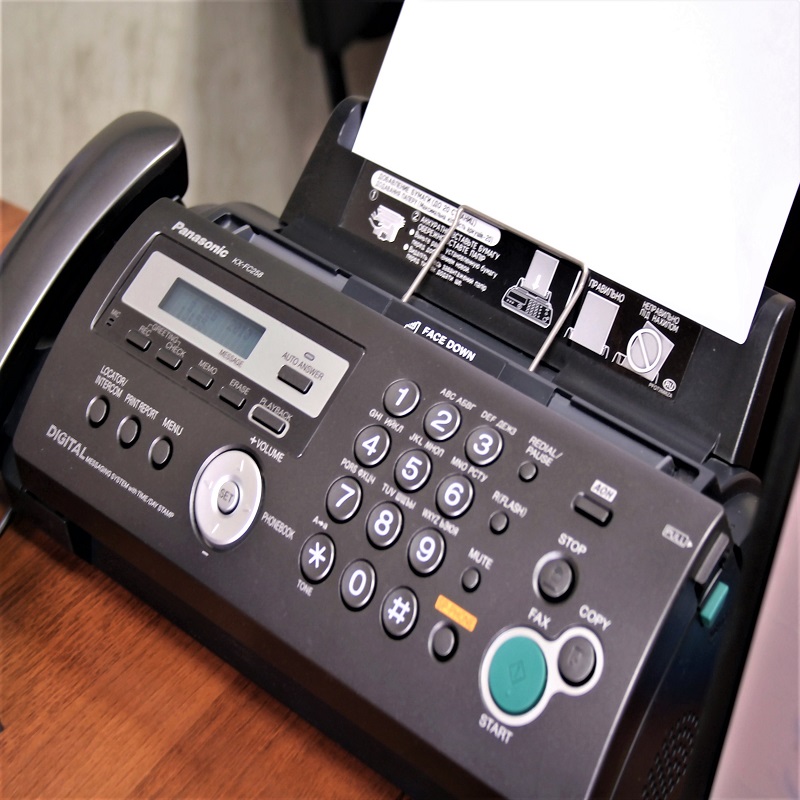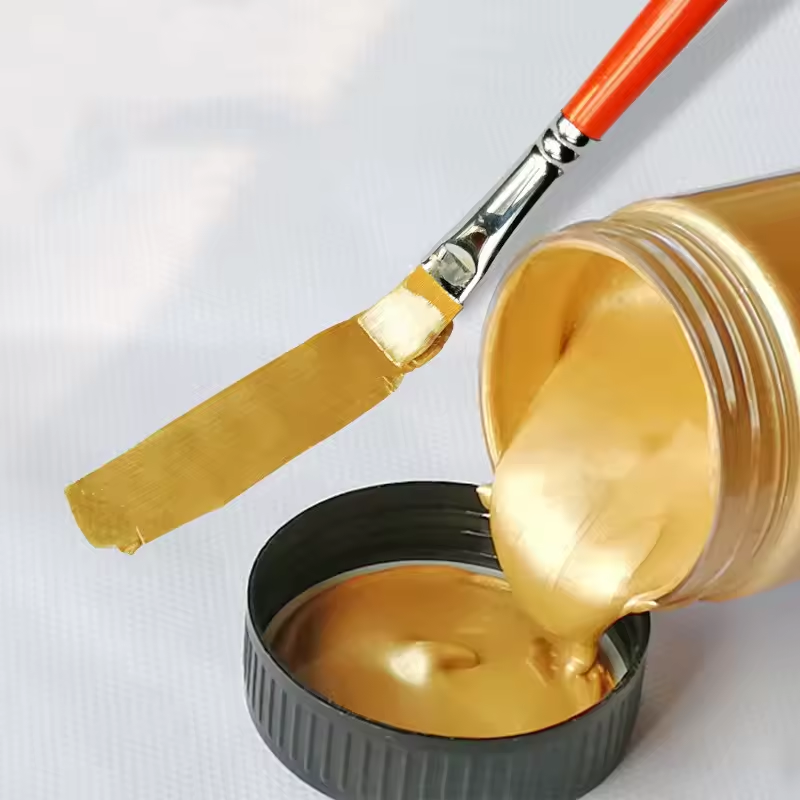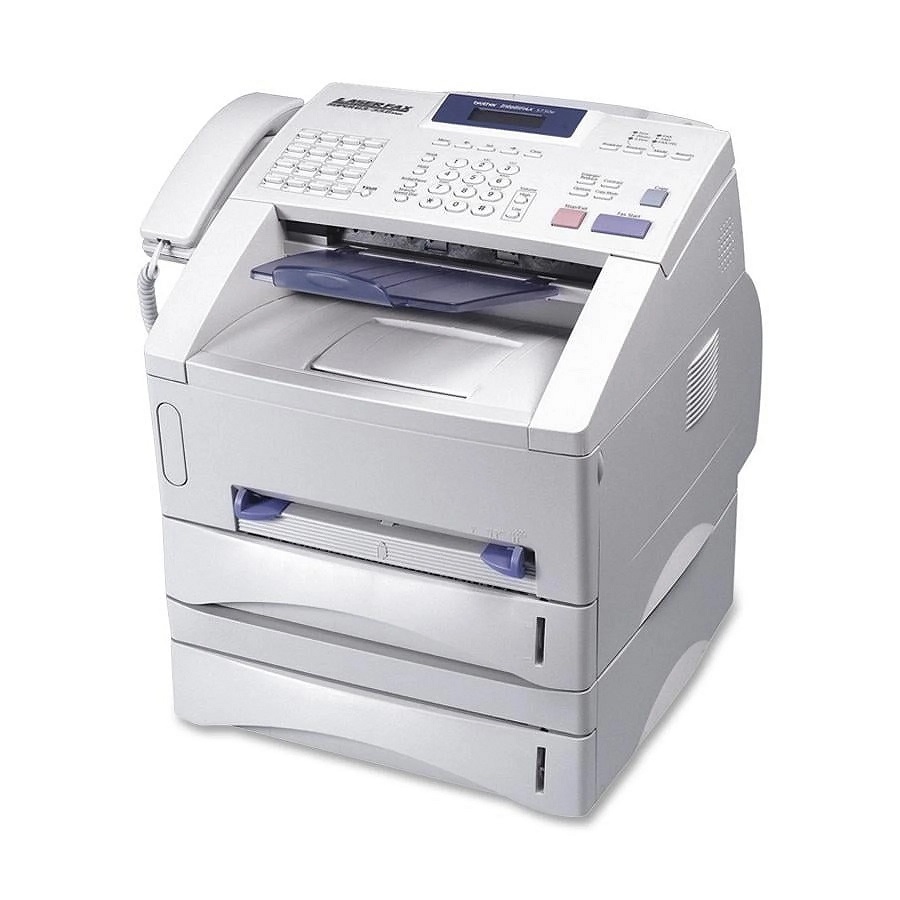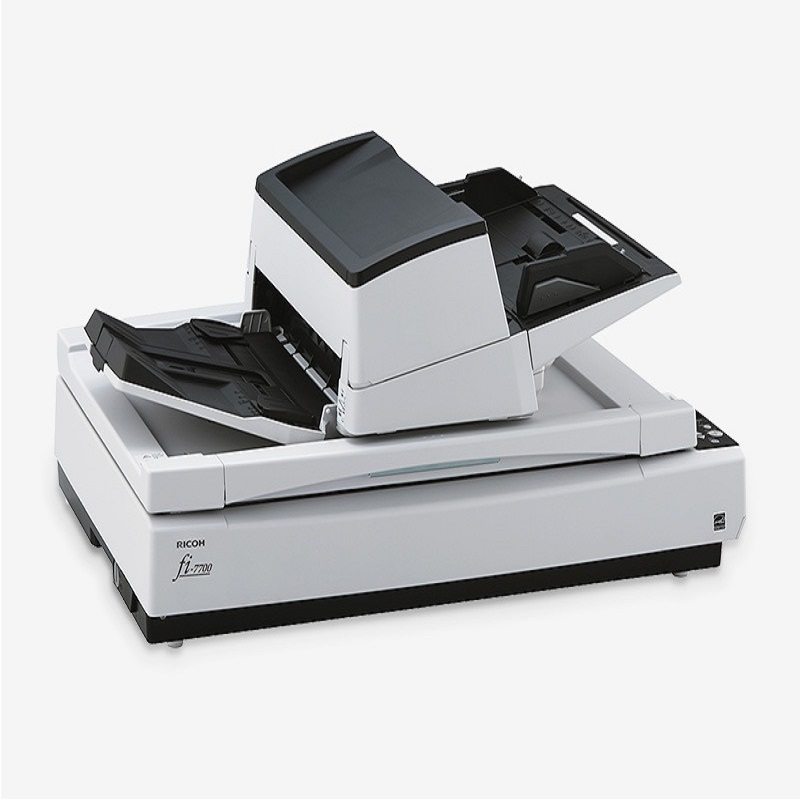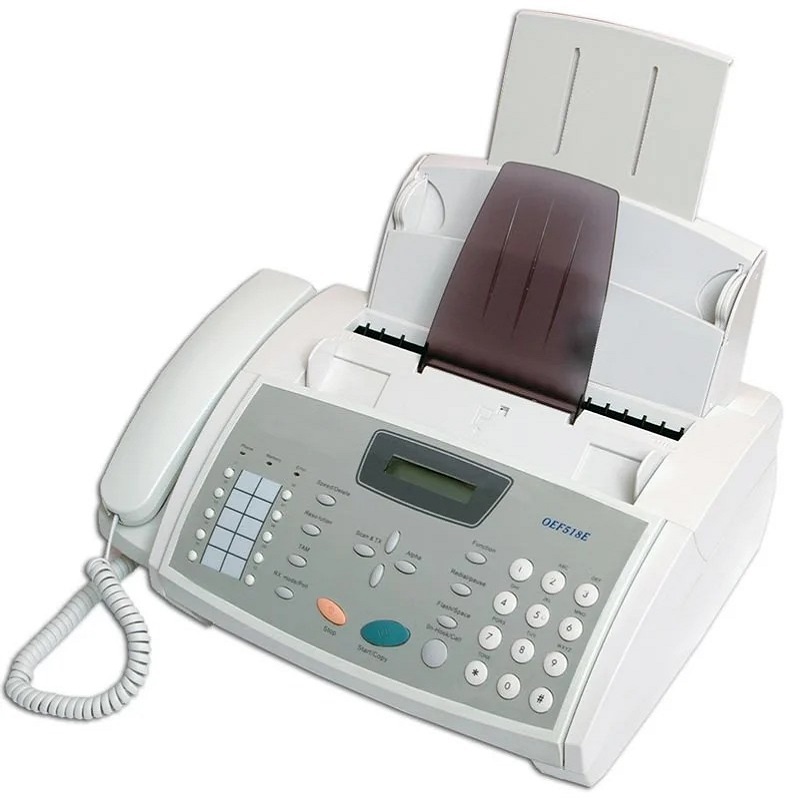How does a fax machine works step by step? In the digital age, fax machines might seem like outdated technology, but they are still widely used in many industries. Fax machines allow users to send documents and images over a telephone line, making them an essential tool for business communication. But how exactly do fax machines work? In this article, we will explore the step-by-step process of how a fax machine operates.

What is a Fax Machine?
Before we delve into the working mechanism of a fax machine, it’s important to understand what a fax machine is. A fax machine, short for facsimile machine, is a device that is used to send and receive printed documents over a telephone line. It converts the content of a document into electronic signals, which are then transmitted to another fax machine where they are reproduced as a hard copy.
Document Preparation
The first step in using a fax machine is to prepare the document that you want to send. This may involve printing out a physical copy of the document or using a scanner to create a digital file. The document should be clean and free of any wrinkles or tears to ensure that it can be transmitted accurately.
Loading the Document
Once the document is prepared, it needs to be loaded into the fax machine. Most fax machines feature a document feeder or a flatbed scanner for this purpose. The document should be placed face down on the feeder or scanner, and the machine should be set to the appropriate paper size and type.
Dialing the Recipient’s Fax Number
After the document is loaded, the sender needs to dial the recipient’s fax number using the keypad on the fax machine. The number should include the country code, area code, and the local phone number. Once the number is entered, the sender can initiate the transmission process.
Synchronization and Scanning
When the fax machine dials the recipient’s number, it establishes a connection with the receiving fax machine. The two machines then go through a process called synchronization, where they exchange signals to ensure that they are both ready to send and receive data. Once synchronization is complete, the sender’s fax machine starts scanning the document.
Encoding the Document
As the document is scan, the fax machine converts the content into a series of electrical signals. This process involves encoding the text and images on the document into a digital format that can be transmitted over a telephone line. The encod data is then temporarily store in the fax machine’s memory.
Transmitting the Data
Once the document is encoded, the fax machine begins transmitting the data over the telephone line. The encoded signals are sent in the form of audio tones, which travel through the phone line to the recipient’s fax machine. This process is similar to making a voice call, but instead of speaking, the fax machines are exchanging data.
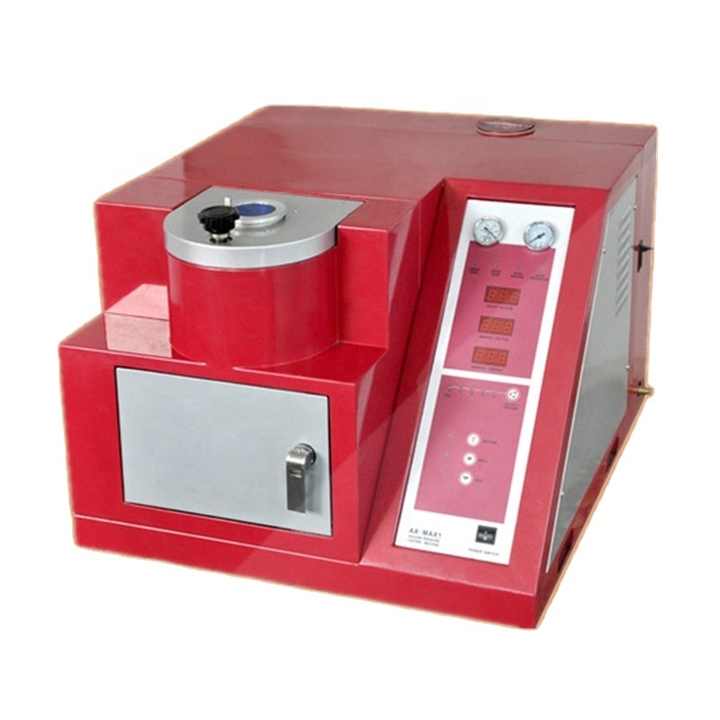
Receiving and Decoding the Data
On the recipient’s end, the fax machine receives the transmit signals and decodes them back into a digital format. The decod data is then store in the machine’s memory in preparation for printing.
Printing the Document
Once the data is receive and decod, the recipient’s fax machine prints out a hard copy of the document. The printing process involves converting the digital data back into visible text and images, which are then transfer onto paper. The printer document is an exact replica of the original and can be use for reference or further distribution.
How to clean a fax machine
Fax machines may not be as popular as they once were, but they are still use in many offices around the world. Just like any other piece of office equipment, fax machines require regular cleaning and maintenance in order to function properly. If you want to ensure that your fax machine continues to work efficiently, it is important to keep it clean.
Why Clean Your Fax Machine?
Cleaning your fax machine regularly is important for several reasons. First and foremost, a clean fax machine will produce better-quality documents. Dust, dirt, and debris can build up inside the machine over time, leading to poor print quality and potentially causing damage to the internal components. Additionally, regular cleaning can help prevent paper jams and other operational problems that can disrupt your workday. Lastly, keeping your fax machine clean can help extend its lifespan, saving you money in the long run.
Cleaning the Exterior
The first step in cleaning your fax machine is to focus on the exterior. Use a soft, dry cloth to wipe down the outside of the machine, paying special attention to the keypad, display screen, and any other control buttons. If there are any stubborn stains or spots, you can dampen the cloth with a little bit of water or a mild cleaning solution. Be sure to wring out the cloth thoroughly before using it on the fax machine, as excess moisture can damage the electronic components.
Cleaning the Interior
Once the exterior of the fax machine is clean, it’s time to turn our attention to the interior. Begin by opening up the machine and removing any loose debris that may have accumulate inside. This can include paper dust, toner particles, and other small bits of debris. Use a small, soft brush or a can of compress air to gently remove the debris from the interior of the machine. Be careful not to use excessive force, as this can damage delicate components.
Cleaning the Document Feeder
The document feeder is a common area for debris to accumulate, as it is constantly use to feed paper into the machine. To clean the document feeder, use a lint-free cloth slightly dampened with water or a mild cleaning solution. Wipe down the rollers and the feeder tray, making sure to remove any dust or dirt that may have built up. Be sure to dry the document feeder thoroughly before using the fax machine again.
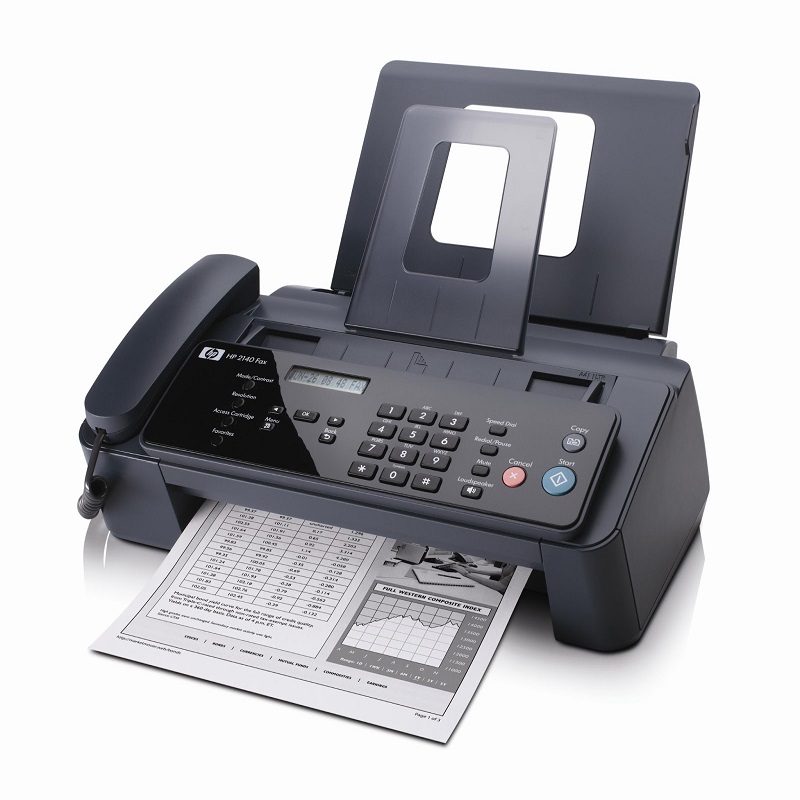
Cleaning the Fax Head
The fax head is a critical component of the machine, as it is responsible for transmitting and receiving documents. Over time, the fax head can become dirty, leading to poor print quality and other operational issues. To clean the fax head, use a cotton swab slightly dampen with rubbing alcohol. Gently swab the fax head, being careful not to use excessive force. Allow the fax head to dry completely before using the machine again.
Cleaning the Print Cartridge
If your fax machine uses a print cartridge, it is important to keep it clean in order to maintain high print quality. To clean the print cartridge, remove it from the machine and carefully wipe it down with a soft, lint-free cloth. Be sure to remove any residual toner or ink that may have built up on the cartridge. Once the cartridge is clean, reinsert it into the machine and run a test print to ensure that the print quality has improve.
Regular Maintenance
In addition to regular cleaning, it is important to perform other maintenance tasks to keep your fax machine in optimal condition. This includes regular inspection of the machine for any signs of wear or damage, as well as checking for loose or damage components. Additionally, be sure to follow the manufacturer’s guidelines for replacing any worn-out parts, such as the print cartridge or the fax head.
Conclusion
Fax machines have been a staple of business communication for decades, and their working process has remain largely unchange. Despite the prevalence of digital communication methods, fax machines continue to be use for their reliability and simplicity. Understanding how a fax machine operates can help users troubleshoot any transmission issues and make the most of this enduring technology.
